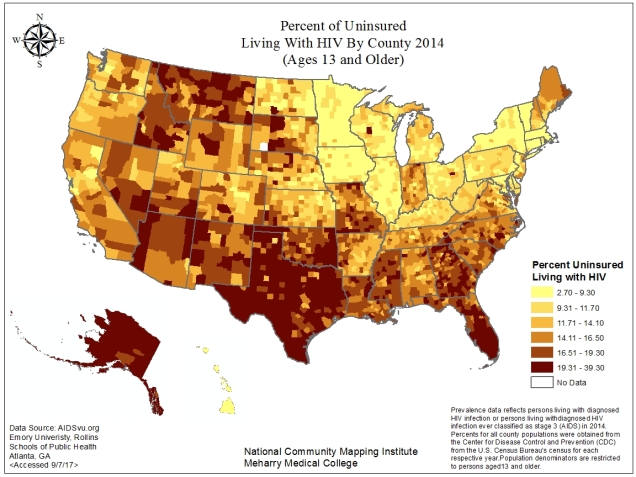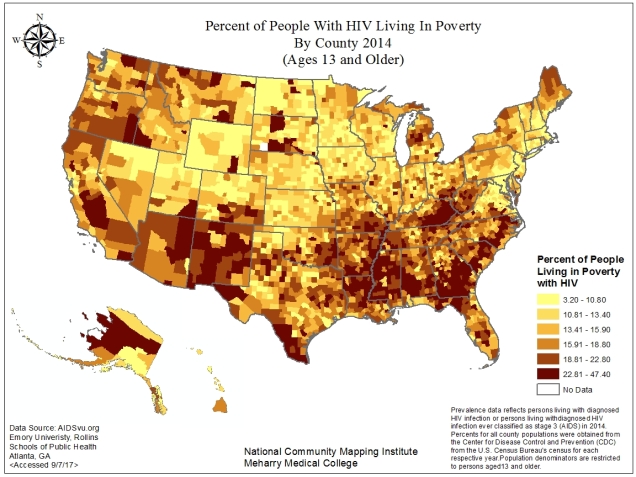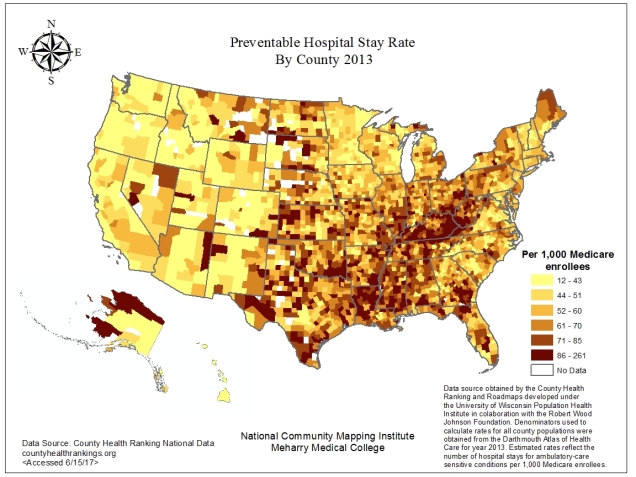
Is the future of healthcare shifting towards employing clinical analysis technology to administer value-based care? Analytic technology allows healthcare providers to understand their patient population better using social determinants of health. The analytic technology uses electronic health records to measure health trends amongst the targeted population.
Value-based care is collecting relevant data sources specific to socio-economic and social determinants of health unique to a specific population to plan appropriate interventions. These strategies have the potential to improve health outcomes specifically targeted areas at lower costs. Cost can be lower through a thorough analytical investigation of community needs trends and provider behaviors that increase cost. Carilion Clinic in Virginia is currently utilizing value-based care and analytical technology to serve its community better.
For more information check out this article:
Image:




 Check out this
Check out this 
 Particulate Matter (PM) are small particles that contain microscopic solids and liquid droplets that are suspended in the air which can be inhaled and cause health effects. PM range in size, but particles less than 10 mm present the greatest threat. Some particles are emitted directly from a source such as, smokestacks, fires, construction sites, etc. and others are a result of complex atmospheric reactions [
Particulate Matter (PM) are small particles that contain microscopic solids and liquid droplets that are suspended in the air which can be inhaled and cause health effects. PM range in size, but particles less than 10 mm present the greatest threat. Some particles are emitted directly from a source such as, smokestacks, fires, construction sites, etc. and others are a result of complex atmospheric reactions [
You must be logged in to post a comment.